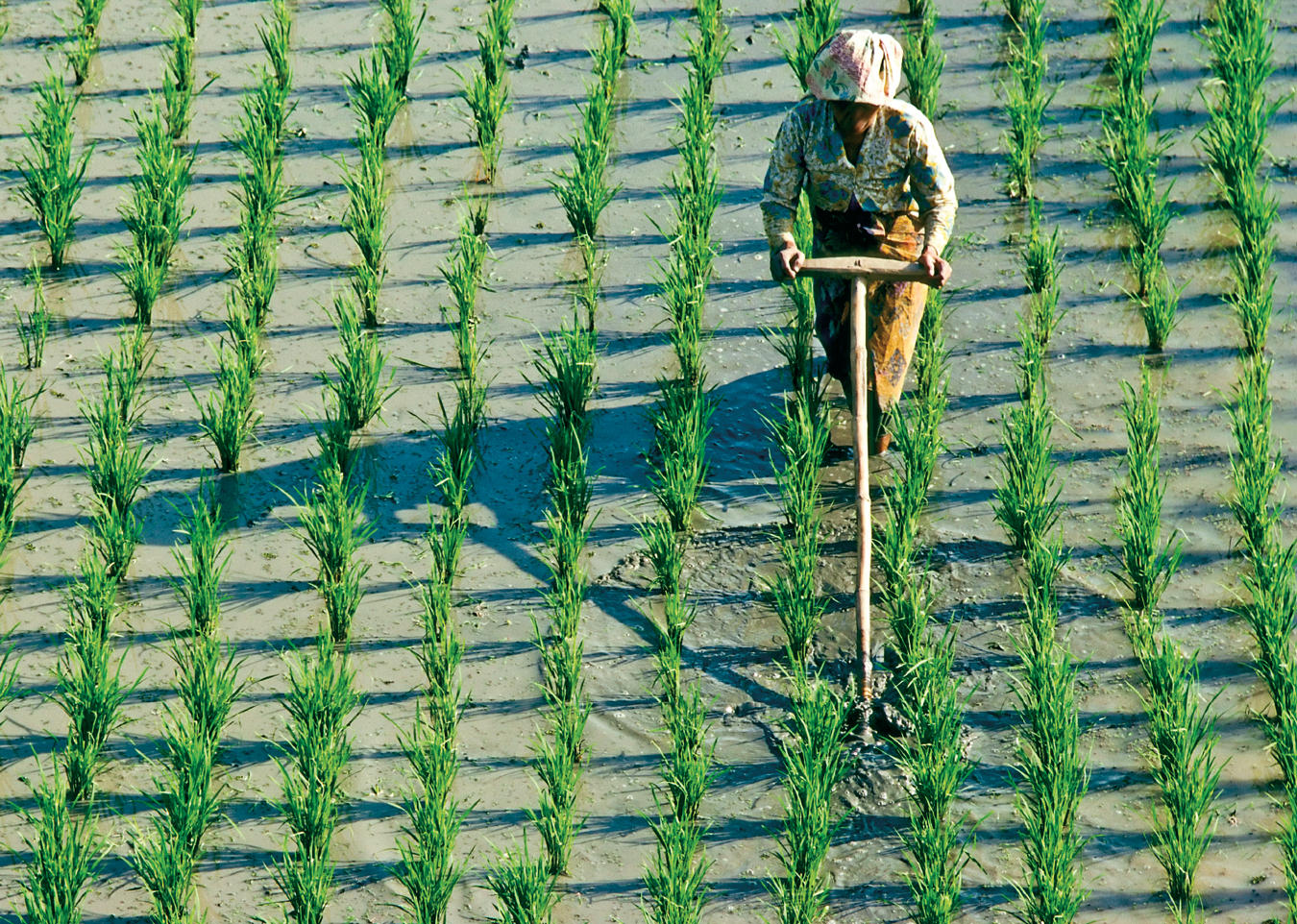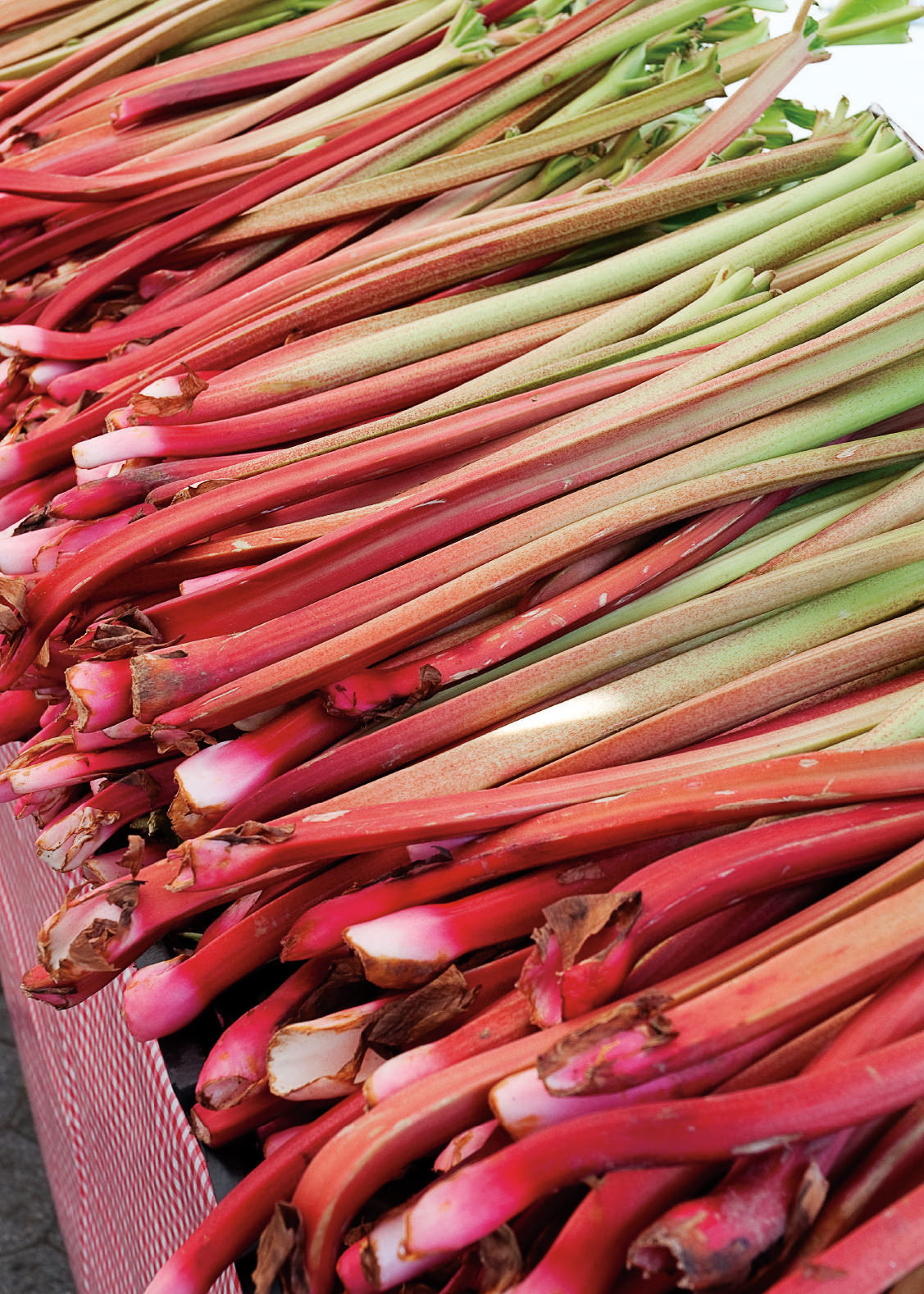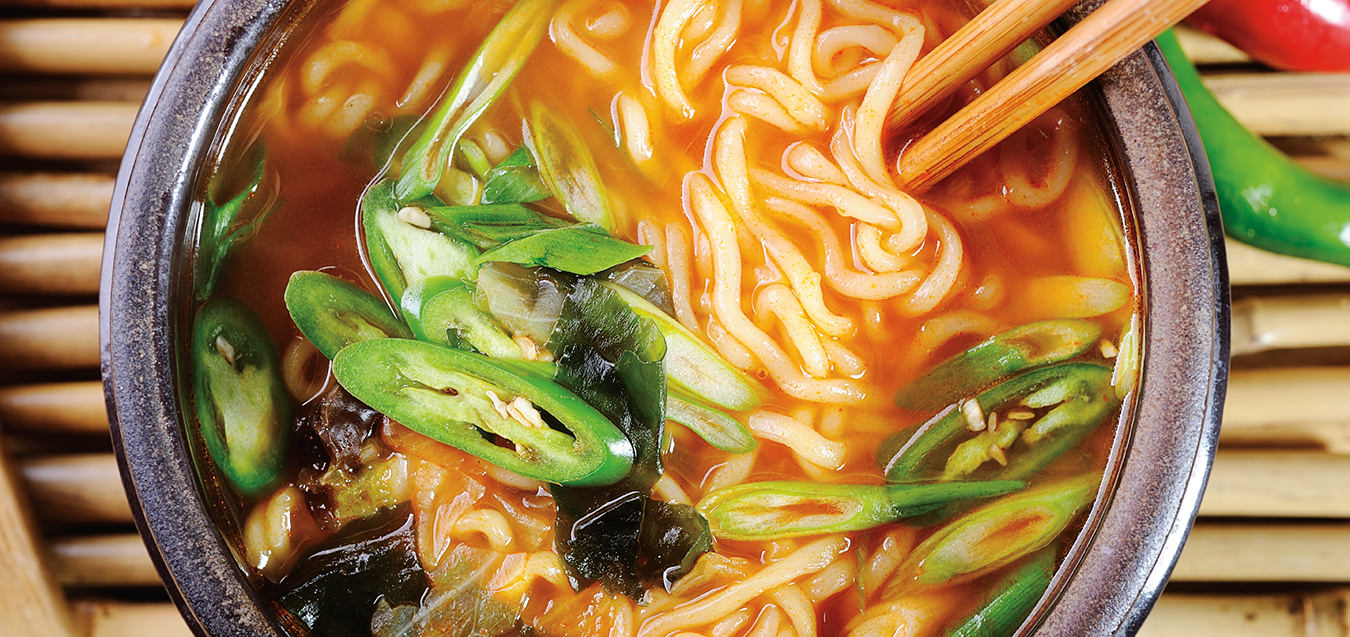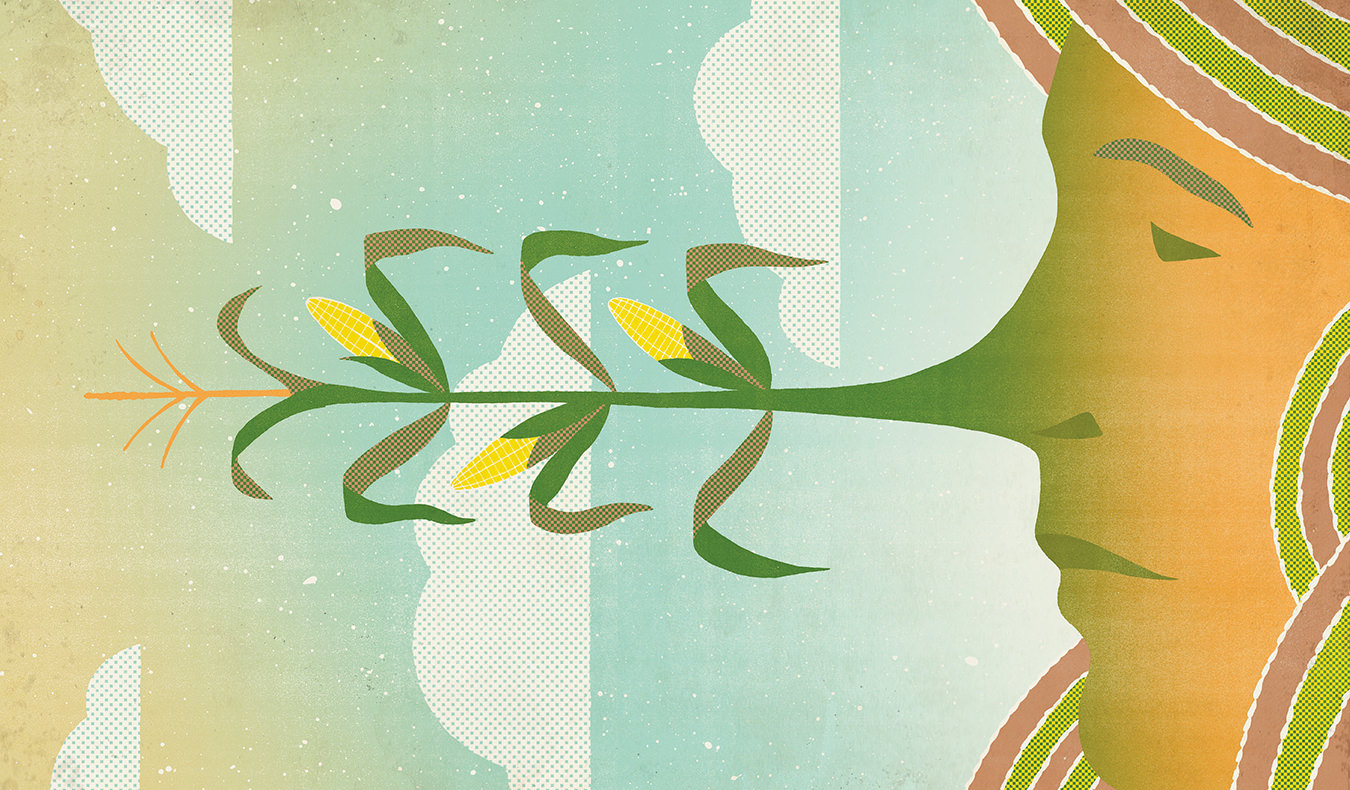All About Rice
A beloved staple.

As the air turns crisp, signs of the harvest appear everywhere, from fat pumpkins and gnarly root vegetables at farmers’ markets to bright red apples hanging low on backyard trees. While those on the prairies may be accustomed to seeing golden fields ripe with wheat, many Canadians never think about the harvest of another staple grain: rice.
Rice is the main food for about half of the world’s population. It’s the third-largest global crop, behind corn and wheat, and it’s been cultivated in Southeast Asia and China for about 7,000 years. It’s now grown in over 100 countries and on every continent except Antarctica.
While it’s rarely grown in Canada, rice is an integral part of our diet. The ritual of preparing a pot is the first step toward many meals, from a simple side dish to a bed for Thai or Indian curry. Rice forms the basis of myriad comfort foods across ethnic backgrounds: Chinese congee, Japanese onigiri rice balls, Ukrainian cabbage rolls, Finnish rice pudding—the list goes on.
American celebrity chef David Chang, who owns the Momofuku restaurant group, grew up eating Korean dok boki (rice cakes with a spicy hot-pepper sauce). But even traditional dishes evolve: his cookbook, Momofuku, includes a recipe for rice cakes with an Asian-style pork bolognese sauce. Another Korean-American chef, Roy Choi—who founded the Korean taco truck Kogi—suggests cooking rice in a mixture of chicken stock and coconut milk. “Sometimes we get caught up with our ways and think that rice can be cooked only with water,” he notes in his cookbook, L.A. Son.
While other, sexier grains like quinoa compete for space on grocery-store shelves, we’re seeing a greater variety of modern rice products emerging as well. This is partly due to the popularity of gluten-free lifestyles: rice flour stands in for wheat flour in bread, pastries, and pasta, and rice milk caters to dairy-free diets.
Then there is nutty wild rice. While it is produced in Canada, wild rice is not technically rice; it’s the seed of an aquatic grass that grows in lakes and streams. Since our climate isn’t suited to growing “regular” rice, we must import virtually all of it. According to the USA Rice Federation, about 70 per cent of the rice consumed in Canada is grown in the United States. Industry Canada data shows Asian countries like China and Bangladesh as the next largest source of rice imports.
On average, Canadians eat about seven kilograms of rice per person every year—a small amount compared to Asia, where the average annual consumption is over 80 kilograms per capita. More than 90 per cent of the world’s rice is produced and consumed in Asia. Indeed, rice is so important in China and Thailand that the standard greeting translates to “Have you eaten rice yet?” In Japan, the word for steamed rice, gohan, is the same word for meal.
John Zronik notes in The Biography of Rice that people in countries like Thailand and Vietnam still plant and harvest rice by hand, and many families cultivate their own supply on spaces roughly the size of a football field. Travellers throughout Asia will find rice paddies squeezed into unlikely urban spaces as well as terraced on hillsides. Zronik explains that while some rice farms depend on monsoon rains to nourish the crops, others are manually irrigated. In the latter method, rice is grown by pushing bunches of seedlings into the soil and flooding the paddies with water. Dikes surrounding the fields contain the water, which is then drained at harvest time.
Brilliant green when they’re growing, rice plants are ready to harvest when their stalks turn golden and the panicles drop heavy with their seed. The plant is cut either by hand or by machine, dried, and threshed to separate the grains from the stalks. Brown rice is hulled but retains its bran layer, while white rice is milled and polished. Parboiled rice is boiled in the hull to partly cook it and increase its nutritional value before being husked and milled.
There are thousands of varieties of rice, classified into short, medium, or long grain. The cookbook Seductions of Rice delves into how this staple is prepared around the globe. Canadian authors Jeffrey Alford and Naomi Duguid admit that it took them years to “appreciate the smells and textures of different varieties, and to have a sense of why one should be cooked one way and another a different way.”
Sushi demands rounded Japanese short-grain rice that clings together, and Italian arborio rice works well for risotto, absorbing liquid and flavour while staying firm. Needle-shaped long-grain basmati rice is ideal for northern Indian and Persian dishes. (In India, it’s said that grains of rice should be like two brothers: close but not stuck together.) Different varieties require different cooking methods: Thais steam sticky rice, for example, to maximize texture.
Culture also influences how people cook the perfect pot. Alford and Duguid explain that, traditionally, rice was washed before cooking to avoid impurities. Today, the USA Rice Federation says its rice does not need washing; in fact, most of its rice is enriched with iron, niacin, thiamin, and folic acid, so rinsing it does away with water-soluble vitamins and minerals. Consumer Reports, however, advises washing rice to reduce inorganic arsenic exposure. The authors also like to wash their rice until the water runs clear: “We think it makes a positive difference in the texture of the cooked rice, making it less sticky and helping it cook more evenly.”
Much of rice is about ritual. Rice may be basic, but it’s beloved by millions.




